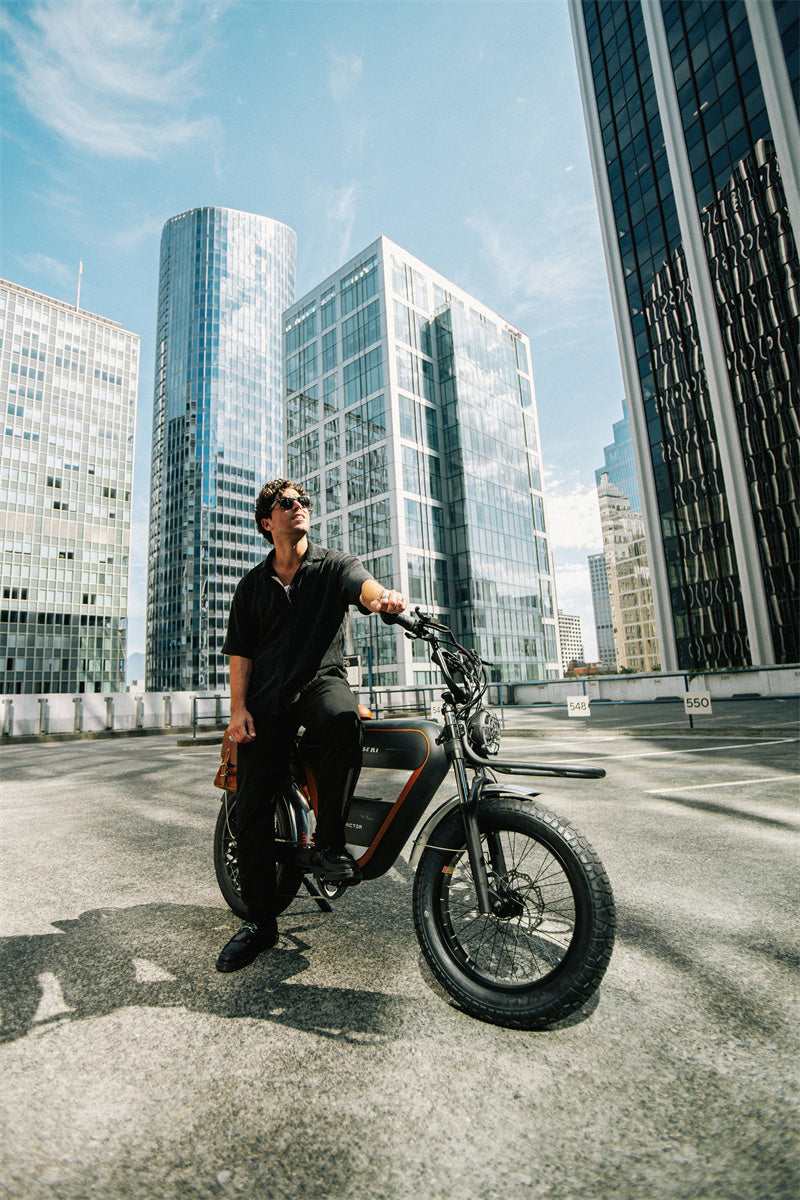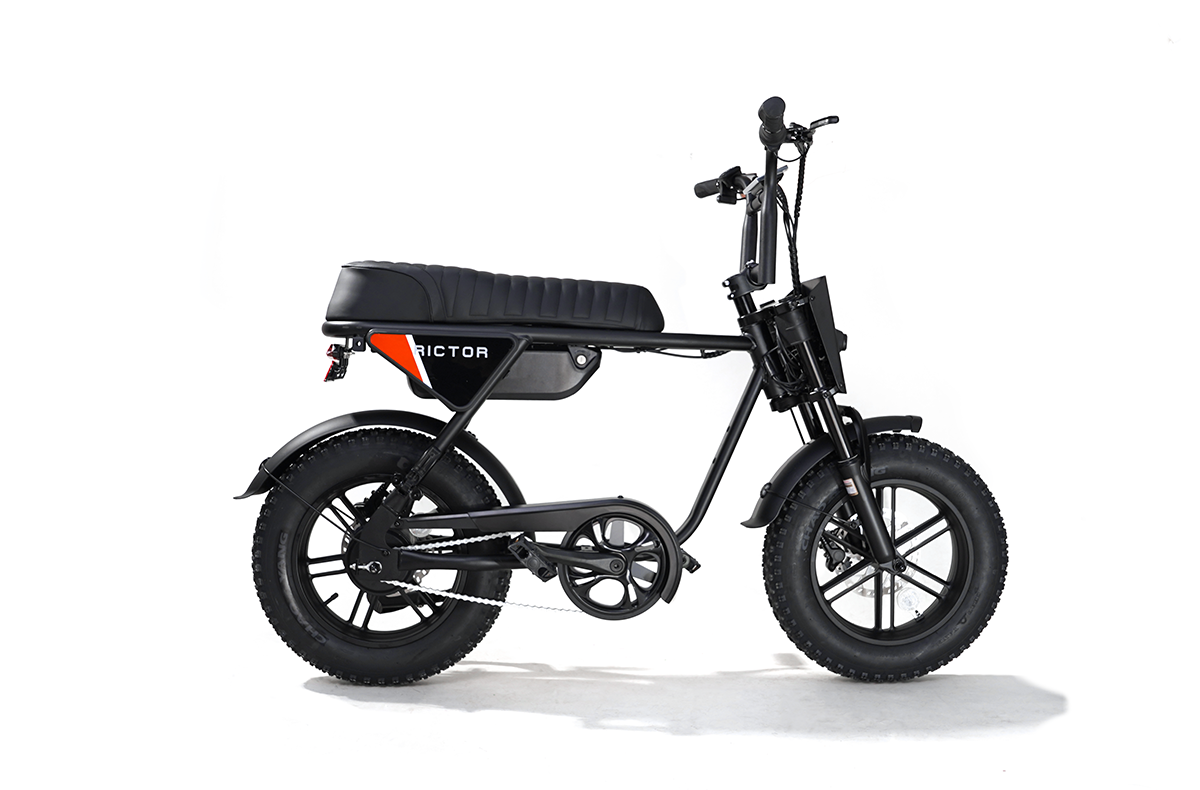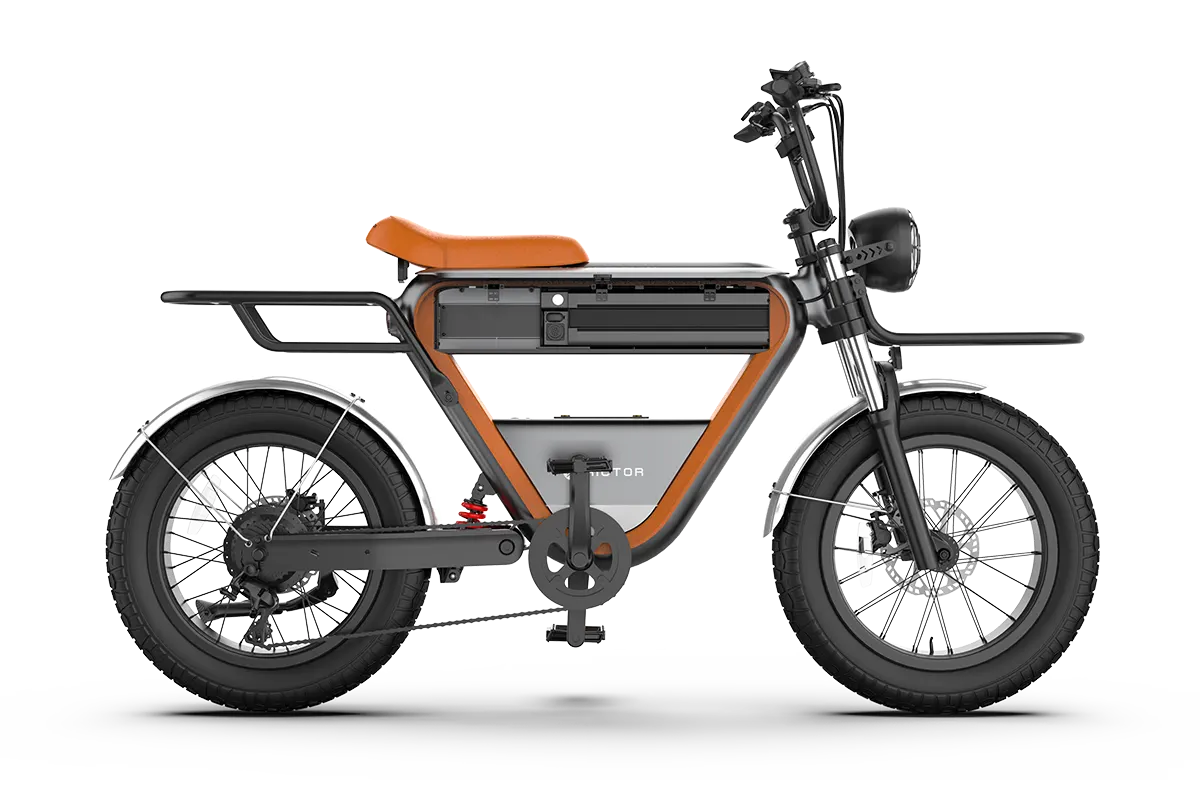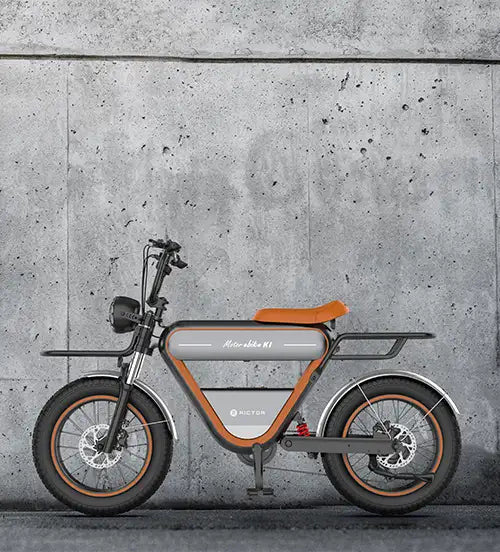
Which Electric Bikes Have the Best Pedal Assist?
As the demand for electric bikes continues to grow, one key feature that stands out is pedal assist.
Pedal assist systems enhance the riding experience, providing an extra boost as you pedal, making steep hills feel like flat roads and allowing for greater distances with less effort.
But not all pedal assist systems are created equal. In this guide, we will explore the features that make an electric bike’s pedal assist superior.
Key Features and Technologies
Pedal assist systems rely on either cadence sensors, torque sensors, or a combination of both to measure rider input and adjust the motor's assistance accordingly.
While cadence sensors simply detect if the rider is pedaling, torque sensors measure the amount of pressure being applied to the pedals, offering a more responsive and natural feel.
The best systems smoothly transition from low to high power, avoiding the jerky on-and-off sensation that can occur with lesser e-bikes.
High-end models offer multi-level assist modes, giving riders control over the level of assistance they want depending on the terrain, their speed, or even their energy levels.
A well-designed BMS ensures that the power delivery is smooth and efficient, preventing strain on the battery while maintaining optimal performance.
This system monitors factors like voltage, current, and temperature, helping to avoid issues like overheating or over-discharging, which can cause erratic power delivery and reduce the battery’s lifespan.
Robust battery management system (BMS) ensures that the motor is not only powerful but also efficient, protecting the battery and prolonging its lifespan.
The introduction of torque sensor technology has revolutionized the performance of pedal assist systems.
Unlike cadence sensors, which only activate the motor when pedaling begins, torque sensors continuously monitor the rider's pedal pressure.
This means the motor assistance is finely tuned and proportionate to the effort the rider exerts.
As a result, riders experience a more natural, seamless ride, where the bike’s motor feels like an extension of their own power.
With a torque sensor, climbing hills becomes much easier, and maintaining speed on flat terrain is smoother.

SEE ALSO Electric Bike Kit | Hall sensor on bike explained
Variations in Pedal Assist Across Electric Bike
Pedal assist systems vary widely across different e-bike brands, with each manufacturer adopting unique approaches to deliver the best riding experience.
High-end brands like Rictor and Specialized integrate both torque and cadence sensors, offering multiple levels of pedal assist that can be fine-tuned to the rider’s preference.
These bikes provide smoother transitions between power levels, making them ideal for long commutes or hilly terrain.
Budget brands tend to stick with simpler cadence sensors, which can result in a more abrupt power delivery, making the ride feel less natural.
While these bikes still offer pedal assist, they may lack the fine control and responsiveness that higher-end models provide.
Smoothness and Experience
Rictor K1 sets the bar high. This bike uses an advanced dual-sensor system, combining both cadence and torque sensors for ultra-smooth transitions between assist levels.
The result is an almost effortless ride, where the motor assistance feels intuitive and perfectly matched to your pedaling effort.
Whether climbing steep inclines or cruising on flat roads, the Rictor K1 delivers the most seamless pedal assist experience available.
Low levels of assist typically provide around 50% motor assistance, allowing the rider to still do a significant amount of the work.
This is great for flat terrain or conserving battery life. High levels of assist can provide up to 300% assistance, where the motor is doing most of the heavy lifting.
This is ideal for steep hills, strong headwinds, or when you simply want to cover long distances with minimal effort.
High-end e-bikes offer multiple assist levels, letting riders switch between low and high assist based on their preferences and road conditions.
The best systems, like those found on the Rictor K1, provide smooth transitions between these levels, preventing sudden power surges or drop-offs.
Let‘s talk about two common motor in ebike.
Mid-drive systems generally provide better pedal assist performance.
Mid-drive motors are located in the bike’s bottom bracket and directly power the drivetrain, making them more efficient and responsive to pedal input.
This allows for a more natural pedaling experience and better weight distribution, which improves handling.
In contrast, hub motors, which are located in the front or rear wheel, can sometimes feel less connected to the rider's pedaling, as they don't directly interact with the bike’s gears. However, hub motors tend to be more affordable, making them a popular choice for entry-level e-bikes.

Pedal Assist and Battery Life
Pedal assist plays a significant role in determining how long your e-bike's battery will last.
In general, the higher the level of pedal assist you use, the more battery power is consumed.
Riders who rely heavily on the highest assist settings will find that their battery drains faster compared to those who opt for lower assist levels.
Advanced pedal assist systems with torque sensors tend to be more energy-efficient because they deliver power proportionally to the rider’s input.
This ensures that you’re only using as much power as necessary, which can significantly extend battery life, especially on longer rides. Bikes with efficient battery management systems (BMS), like the Rictor K1, are designed to optimize power usage and preserve battery capacity.
For long distance rides, an e-bike that balances power, efficiency, and battery life is essential.
Rictor K1 stands out for its impressive range and smooth pedal assist system.
With a powerful motor and a large battery, the Rictor K1 ensures you won't have to worry about running out of power mid-ride, even on hilly terrain.
Conclusion
Pedal assist is a key feature in electric bikes that enhances the riding experience by providing extra power as you pedal, making your ride smoother, faster, and less strenuous.
A great pedal assist system relies on advanced sensors, smooth power delivery, and efficient battery management to ensure an optimal balance between rider input and motor support.
Rotor K1 with its combination of torque and cadence sensors, this bike offers a seamless and natural riding experience, making it one of the best choices for those looking for superior pedal assist
FAQs
Does pedal assist work in extreme weather conditions?
Most pedal assist systems are designed to function in a variety of weather conditions, but extreme cold or heat can affect the battery performance and sensor responsiveness. It's recommended to avoid exposing your e-bike to harsh weather for prolonged periods.
Can I upgrade my e-bike’s pedal assist system after purchase?
In many cases, you can upgrade certain components of your e-bike’s pedal assist system, such as the motor or sensors. However, compatibility will depend on the original design and whether the frame can accommodate new technology.
Can pedal assist on an e-bike be turned off completely?
Yes, on most e-bikes, you can turn off pedal assist completely, allowing you to ride the bike like a traditional bicycle. This can be useful when you want to conserve battery power or enjoy a more physically demanding workout.




